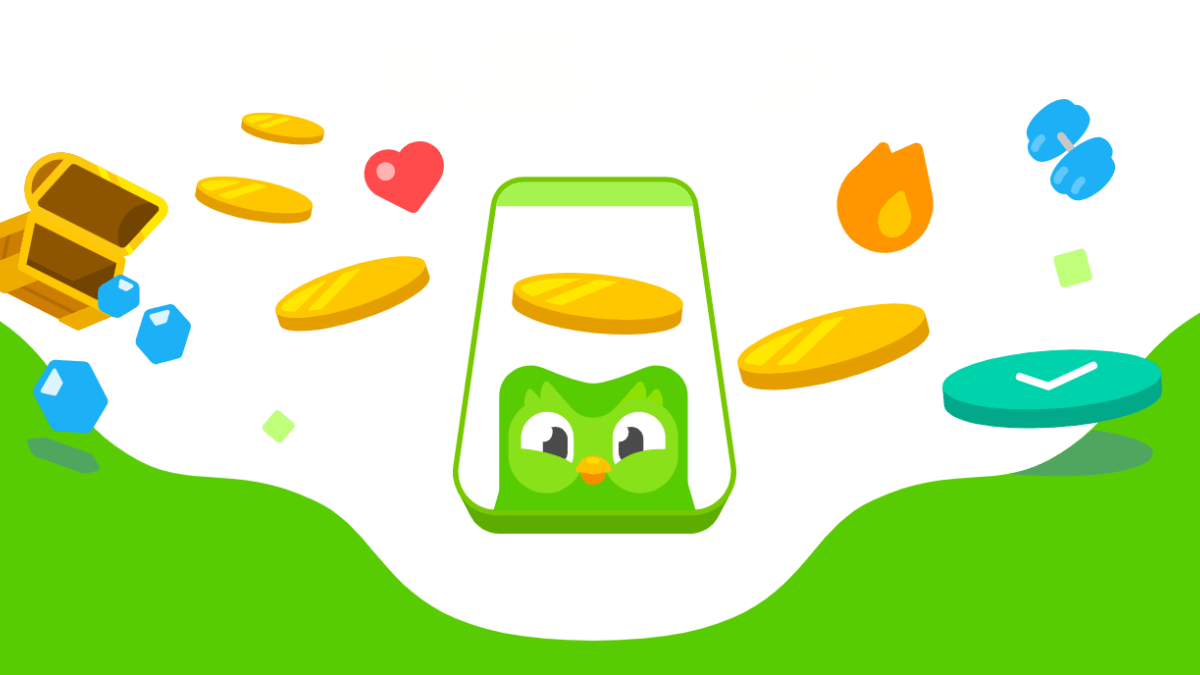Ready to level up your language learning game? Duolingo‘s league system might be the motivational boost you need. Duolingo leagues are weekly competitions that pit you against 29 other learners, creating a fun and engaging way to practice your target language.
As you complete lessons and earn experience points (XP), you’ll climb the ranks on your leaderboard. The beauty of this system is that you’re not stuck with the same group forever. Each week brings a fresh batch of competitors so it’s perfect for anyone who craves novelty.
There are ten tiers to conquer, each more challenging than the last. You’ll start in the Bronze League, the entry-level playground for newcomers. From there, it’s a climb through Silver, Gold, Sapphire, Ruby, Emerald, Amethyst, Pearl, and Obsidian, before reaching the coveted Diamond League at the top. Advancing through the leagues isn’t just about bragging rights. The competitive aspect serves as a powerful motivator, encouraging regular practice and fueling your determination to improve. Plus, it’s a great way to benchmark your progress against other learners.
Each league runs from Sunday to Sunday, with a countdown timer showing when the current round will end. At the week’s close, top performers get promoted to the next tier, while those at the bottom might face demotion. The number of users moving up or down varies by league – for instance, in Bronze, the top 20 advance, while in Silver, only the top 15 make the cut.
How do Duolingo leagues work?
| League | Tier | Difficulty | Key Features |
|---|---|---|---|
| Bronze | 1 | Easiest | Entry level, top 20 promoted |
| Silver | 2 | Easy | Slightly more challenging, top 15 promoted |
| Gold | 3 | Medium | Increased difficulty, more consistent practice |
| Sapphire | 4 | Medium-Hard | Fiercer competition, dedicated effort required |
| Ruby | 5 | Hard | For highly skilled learners, shows commitment |
| Emerald | 6 | Harder | Very competitive, users typically very active |
| Amethyst | 7 | Very Hard | Substantial daily practice needed |
| Pearl | 8 | Intense | Extremely competitive, most active users |
| Obsidian | 9 | Very Intense | Second highest, top performers only |
| Diamond | 10 | Elite | Highest tier, most competitive, elite learners |
For the crème de la crème of Duolingo users, reaching the Diamond League is just the beginning. The top 10 performers in this elite tier can qualify for the Diamond Tournament, a three-phase competition including Quarterfinals, Semifinals, and Finals. It’s not a weekly event, so keep an eye out for notifications if you’re gunning for the elusive top spot.
If you’re looking to climb the ranks, here are some pro tips:
- Plan your learning routine strategically, understanding when and how to earn points.
- Consider waiting for the right moment to join a league – this can increase your chances of being grouped with more casual learners.
- Consistency is key, so make it a point to complete lessons and challenges regularly.
For those who prefer a less competitive experience, you have options. You can disable leaderboard-related notifications in your settings. If you want to opt-out of leagues entirely, simply make your profile private in your privacy settings. Keep in mind that this will also disable the friends feature. It’s worth noting that leagues aren’t available for everyone. If you’re under 13 or using Duolingo in a classroom setting, you won’t have access to this feature due to privacy considerations.
Essentially, the league system is meant to add the social aspect to language learning that’s often missing or inadequate in these types of apps, allowing you to interact with others, compete, and even learn from fellow language enthusiasts. It also creates a sense of community and connection that can make the learning process more enjoyable. As much as people like to take digs at Duolingo, you have to admit that leagues offer a unique way to stay motivated and track your progress. It’s worth a shot. Happy learning, and may the best linguist win!











Published: Jul 16, 2024 07:26 am